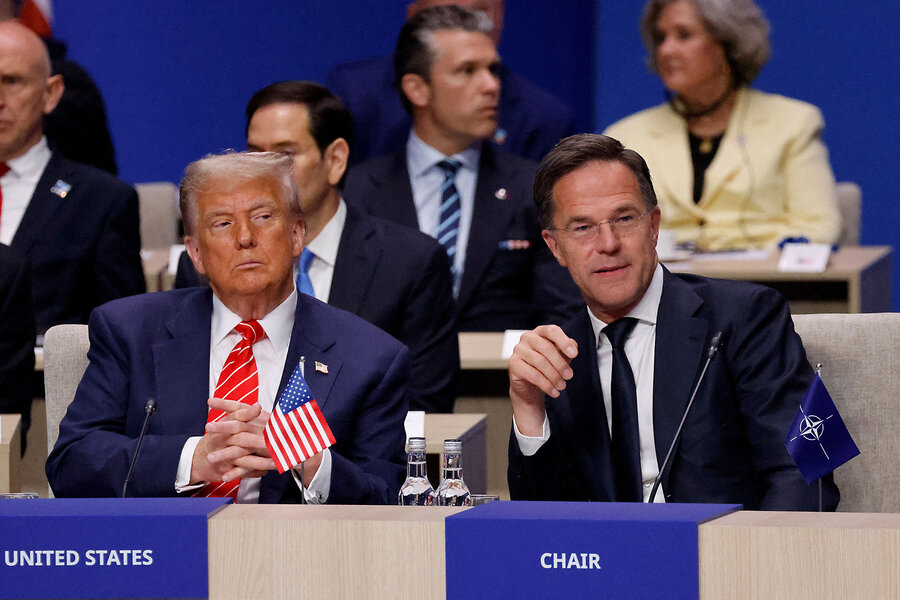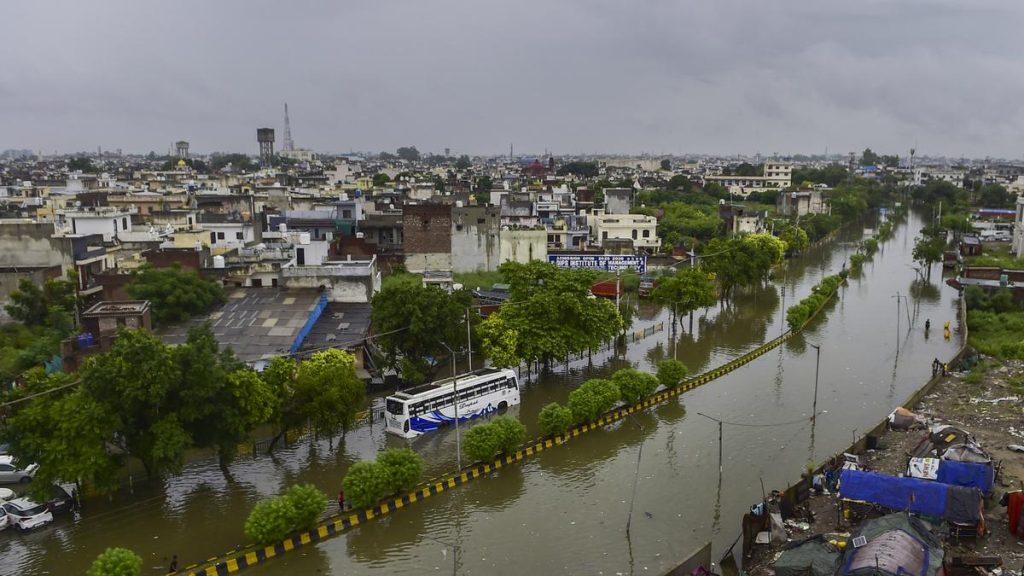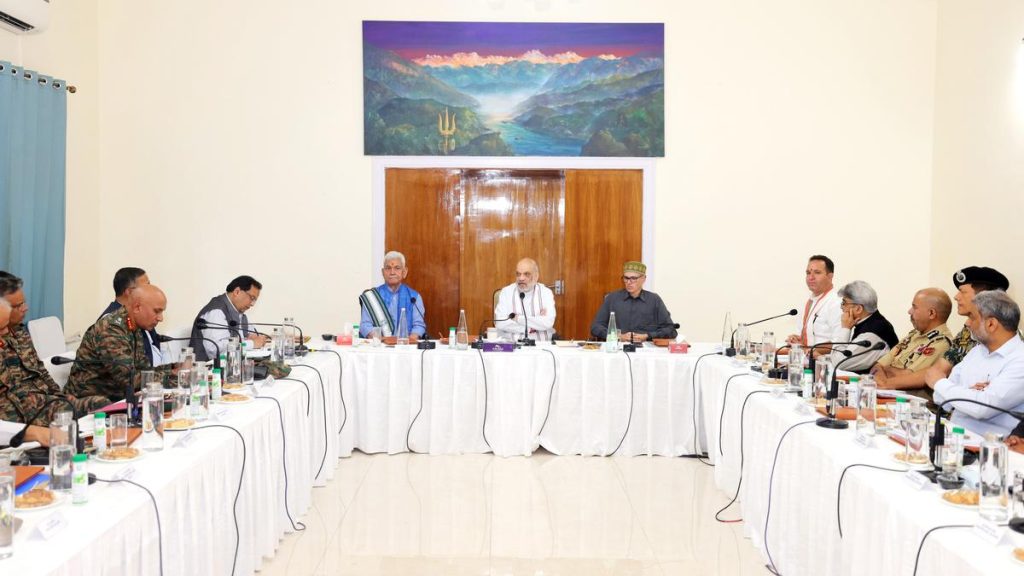Now Reading: Bridges or Barracks? NATO Debates Defense Spending Priorities
-
01
Bridges or Barracks? NATO Debates Defense Spending Priorities
Bridges or Barracks? NATO Debates Defense Spending Priorities

Quick Summary
- NATO members agreed to more than double defense spending, setting a target of 5% of national GDP.
- Out of the 5%, 3.5% is allocated for traditional military expenses (e.g., troops, weapons), and 1.5% for “defense-adjacent” projects like infrastructural development and societal resilience.
- Italy plans to count a $16 billion bridge project toward its defense spending by claiming it could aid troop mobilization.
- Critics have raised concerns about this expanded definition of defense as “creative accounting,” while others view it as holistic security strategy addressing broader threats.
- The increase follows complaints from former U.S. President Donald Trump that European nations underfund NATO compared to the U.S.’ contributions.
- Spending adjustments depend on national priorities; Belgium is weighing taxes or cuts, while Spain negotiated exceptions due to debt challenges.
- Eastern European countries are generally more supportive due to proximity with conflict zones like Ukraine, were larger budgets are politically essential.
- Examples include efforts in France for war simulation exercises, Estonia’s railway investments meeting spending targets, and Canada’s Indigenous community projects with security implications.
Images:
- Italian Prime Minister Giorgia meloni discussing Italy’s bridge-related defense contributions at NATO Summit (https://images.csmonitor.com/csm/2025/07/0707%20OEUNATO%20meloni%20italy.jpg).
- German Defense Minister Boris Pistorius engaging fellow Baltic ministers in discussions on funding goals (https://images.csmonitor.com/csm/2025/07/119563730707).
- Ukrainian President Zelenskyy meeting EU Commission Members amid Hague conferences alignment budget justifications shared through updates via many briefings logistically aligned interests seen ongoing backdrop highlights context diplomacy spheres critical themes captured vision planning milestones phases stated events ends systems structure.
Read More: Full article link
Indian Opinion analysis
The redefinition of defense by NATO signifies a transformative approach that includes both hard power (military spend) and soft power elements like infrastructure upgrades and societal cohesion-building measures. While this might strengthen strategic alliances through broadened concepts such as cybersecurity or civilian disaster preparedness, critics raise concerns regarding blurred lines between genuine readiness versus creative accounting by some states for internal political purposes.
For india-the world’s third-largest military spender-a key takeaway lies in understanding how multifaceted definitions could shape future global security partnerships or domestic policies favoring inclusive development alongside robust defenses. India has historically navigated complex narratives balancing growth infrastructure investments initiatives platforms firmly pivot leverage policy creating neutral frameworks adaptable evolving geopolitics dictates transforms regional scales






















